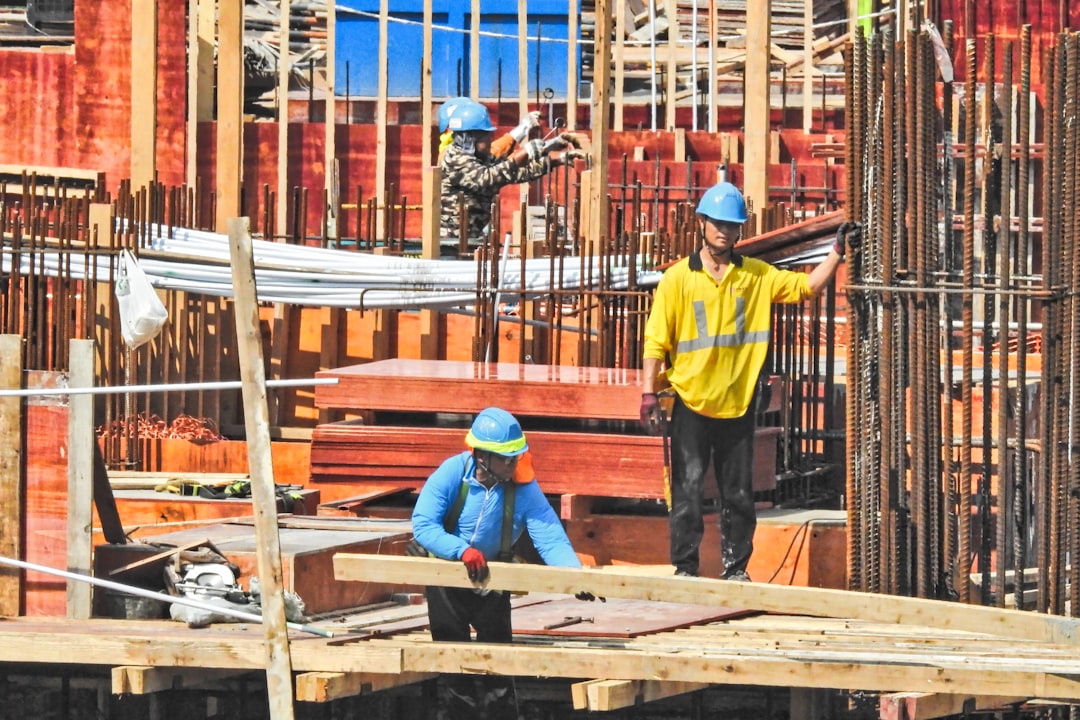Understanding Labor Cost to Install Metal Siding on Homes
For construction professionals, understanding the labor cost to install metal siding is crucial for accurate project planning. As of 2025, labor costs can range from $3.00 to $9.00 per square foot, depending on the complexity and materials used. This guide provides insights into the factors influencing these costs and how to optimize them using advanced tools.
Why Metal Siding Is Surging in Residential Construction
Metal siding is increasingly popular in residential construction due to its durability and aesthetic appeal. Key benefits include:
- High fire resistance and wind ratings
- Minimal maintenance compared to wood or fiber cement
- Contemporary curb appeal with concealed fastener systems
- Up to 30% energy savings when paired with rainscreen assemblies
But Premium Material Still Needs Premium Labor
Installing metal siding requires skilled labor, which can account for 45-60% of the total project cost. Understanding the factors that drive these costs is essential for effective budgeting.
Five Core Factors That Shape Labor Cost to Install Metal Siding
- Panel Type and Profile: Complex profiles like standing seam require more time.
- Wall Complexity: Features like bump-outs and custom windows increase labor.
- Substrate Condition: Additional work may be needed for older structures.
- Access and Safety: Difficult access can add to labor time.
- Regional Labor Market: Local wage variations affect costs.
Typical Labor Price Ranges in 2025
- Entry-Level Install: $3.00 – $4.25 per square foot for basic steel siding.
- Mid-Tier Install: $4.25 – $6.00 per square foot for aluminum siding.
- Premium Install: $6.00 – $9.00 per square foot for high-end materials.
These figures exclude materials and other costs. Use real-time data for precise estimates.
How CountBricks Generates Precise Labor Figures in Minutes
- AI Voice Capture: Converts spoken measurements into structured data.
- Real-Time Labor Databases: Syncs with local wage data for accuracy.
- Blueprint Takeoffs: Automates calculations for materials and labor.
- Instant Scenario Modeling: Adjusts costs based on material choices.
Pro Tips for Cutting Labor Expense Without Sacrificing Quality
- Order factory-cut panels to reduce on-site labor.
- Schedule deliveries efficiently to minimize handling time.
- Use universal flashing kits for easier installation.
- Bundle projects to secure labor discounts.
Case Snapshot: Saving 18% on a Phoenix Whole-House Re-Side
A contractor reduced labor costs by optimizing panel layout and eliminating unnecessary staging, saving 18% on a project. This demonstrates the value of combining technology with skilled craftsmanship.
Frequently Asked Questions
- Does metal siding require licensed installers? While not always required, trained professionals are recommended.
- How long does a typical installation take? Simple projects take 4-5 days; complex ones may take 10-14 days.
- Can I DIY portions to save labor? Some tasks can be DIY, but professional installation is advised for precision work.
Next Steps
For detailed estimates, visit CountBricks.com and explore our tools for accurate project planning.
Beyond the Numbers: Crafting a Smoother Metal Siding Project with CountBricks
Effective project management is key to successful metal siding installations. CountBricks integrates best practices into every estimate, providing a clear roadmap for crews.
Three Workflow Wins Our Clients Rely On
- Sequenced Task Lists: Detailed daily plans reduce idle time.
- Photo-Verified Milestones: Visual confirmations ensure quality.
- Change-Order Autopilot: Streamlines adjustments and paperwork.
Mini Case Study: Trim-Heavy Tudor in Dallas
Using CountBricks, a contractor efficiently managed a complex project, finishing ahead of schedule and maintaining quality.
Pro Tips for Smooth Crew Coordination
- Assign specific tasks to maintain workflow.
- Schedule inspections midway to catch issues early.
- Use QR-coded bundles for efficient material handling.
Start your next project with CountBricks.com and experience streamlined planning and execution.

